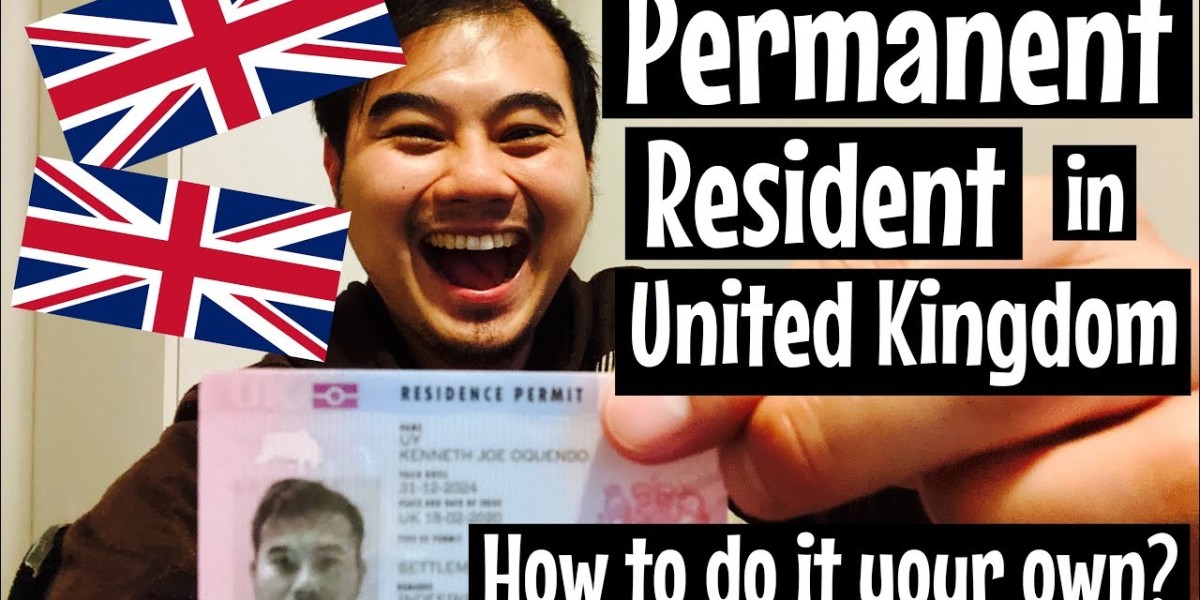Total Permanent Disability (TPD) tpd claim support claims are an essential aspect of insurance that can provide financial support when you can no longer work due to a permanent disability. Understanding the journey from application to approval can help you navigate the process more smoothly. Here’s a comprehensive guide to assist you through your TPD claim journey.
1. Understanding TPD Insurance
TPD insurance is designed to provide a lump sum payment if you become permanently disabled and are unable to work. This benefit can cover medical expenses, living costs, and help maintain your quality of life.
2. Preparing for Your Claim
Before applying, gather all necessary information and documents, including:
Policy Details: Review your insurance policy to confirm you have TPD coverage.
Medical Records: Collect medical reports, diagnosis details, and treatment history.
Employment Records: Documentation of your employment status, including pay slips and job descriptions.
Personal Statement: A narrative of how your disability affects your daily life and ability to work.
3. Submitting Your Application
a. Completing the Application Form
Fill out the TPD claim form provided by your insurance company. Ensure that all sections are complete and accurate. Incomplete forms can delay the process.
b. Providing Supporting Documentation
Attach all required documents, including:
Medical evidence confirming your disability.
Financial statements if necessary.
Any additional forms requested by the insurer.
c. Submitting the Claim
Submit your application through the insurer’s preferred method, whether online, via email, or by post. Keep a copy of everything you submit for your records.
4. The Assessment Process
Once your claim is submitted, it will go through several stages:
a. Acknowledgment
The insurer will acknowledge receipt of your claim and provide you with a claim number for tracking purposes.
b. Investigation
The insurer will investigate your claim, which may include:
Reviewing medical records.
Contacting your healthcare providers.
Conducting interviews.
c. Decision Making
After the investigation, the insurer will make a decision. This can take several weeks to months, depending on the complexity of your case.
5. Receiving the Outcome
You will receive a written decision regarding your claim:
a. Approval
If approved, you will receive your benefit payment, along with a detailed explanation of the decision.
b. Denial
If your claim is denied, the insurer must provide the reasons for the denial. You have the right to appeal this decision.
6. What to Do If Your Claim Is Denied
If your TPD claim is denied, consider the following steps:
Review the Denial Letter: Understand the reasons for denial.
Gather Additional Evidence: Collect any further documentation that may support your case.
Request a Review: Contact the insurer to request a reconsideration of your claim.
Seek Professional Help: Consider consulting a financial advisor or legal professional specializing in insurance claims.
7. Tips for a Successful Claim
Stay Organized: Keep all documents, correspondence, and notes related to your claim in one place.
Be Honest: Provide accurate information to avoid complications.
Follow Up Regularly: Keep in contact with your insurer to check on the status of your claim.
Seek Support: Don’t hesitate to ask for help from professionals if needed.
Navigating the TPD claim journey can be complex and time-consuming, but being prepared and informed can make the process easier.tpd claims advice By understanding each step from application to approval, you can enhance your chances of a successful claim and ensure that you receive the support you need. Remember, you’re not alone in this journey—seek assistance if needed, and take it one step at a time.








